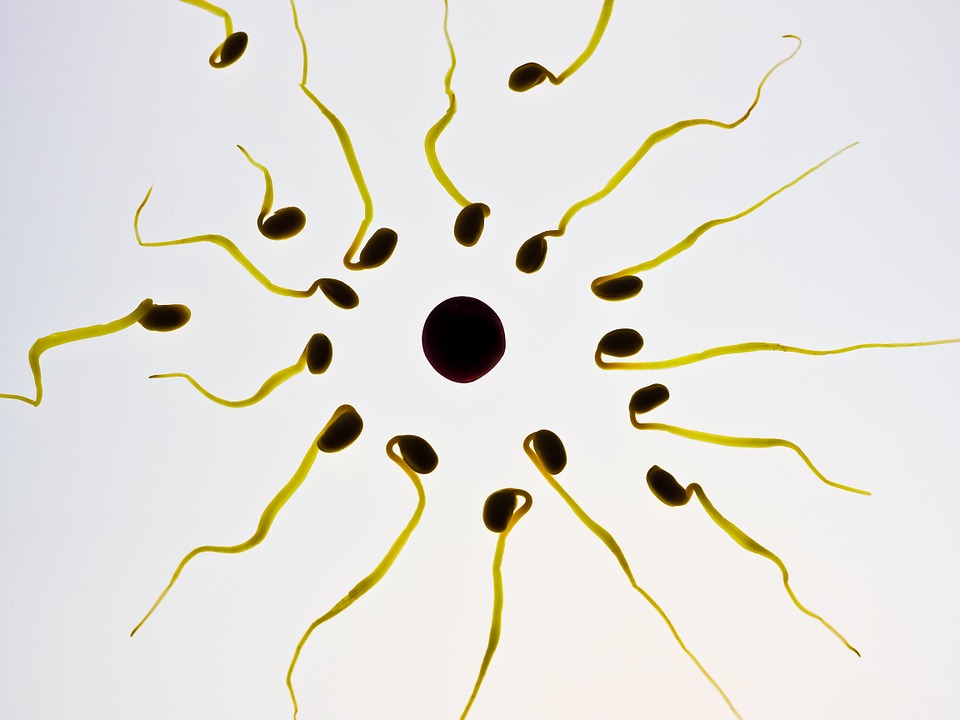Eugenic Sperm
By Karen Weingarten,
Nursing Clio
| 02. 24. 2020
In 1974, a Los Angeles Times staff writer interviewed Dr. Donald Adler, a Beverly Hills gynecologist who ran a sperm bank out of his private practice.1 Adler described for the interviewer his process of selecting sperm donors for health and intelligence, and in turn the interviewer asked him whether he considered his practice eugenic. Adler, with no apparent hesitation, conceded that he was indeed practicing a form of eugenics because the men he selected as donors will be smarter and healthier than average. “Remarkably,” the LA Times writer noted, “the recipients seem to evidence little curiosity about the donors, the father of their children.” Adler informed him this was because they trust his judgment when it comes to picking donors but also because, during every insemination, they received the sperm of up to three different donors. Therefore, it’s impossible for even him to know which donor’s sperm successfully impregnated his patient.
In 2018, my life intersected with Adler’s. It was my birthday and my sister gave me an over-the-counter consumer DNA test to celebrate. She had spotted an advertisement promoting...
Related Articles
By Courtney Withers and Daryna Zadvirna, ABC News | 12.03.2025
Same-sex couples, single people, transgender and intersex West Australians will be able to access assisted reproductive technology (ART) and surrogacy, almost a decade after reforms were first promised.
The landmark legislation, which removes the requirement for people to demonstrate medical...
By Rachel Hall, The Guardian | 11.20.2025
Couples are needlessly going through IVF because male infertility is under-researched, with the NHS too often failing to diagnose treatable causes, leading experts have said.
Poor understanding among GPs and a lack of specialists and NHS testing means male infertility...
By Grace Won, KQED [with CGS' Katie Hasson] | 12.02.2025
In the U.S., it’s illegal to edit genes in human embryos with the intention of creating a genetically engineered baby. But according to the Wall Street Journal, Bay Area startups are focused on just that. It wouldn’t be the first...
Several recent Biopolitical Times posts (1, 2, 3, 4) have called attention to the alarmingly rapid commercialization of “designer baby” technologies: polygenic embryo screening (especially its use to purportedly screen for traits like intelligence), in vitro gametogenesis (lab-made eggs and sperm), and heritable genome editing (also termed embryo editing or reproductive gene editing). Those three, together with artificial wombs, have been dubbed the “Gattaca stack” by Brian Armstrong, CEO of the cryptocurrency company...




